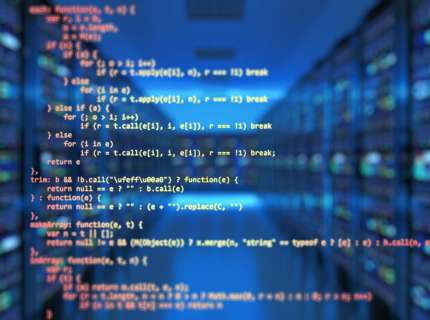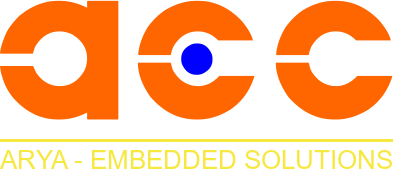Overview-
Once we complete the process of hardware, we require to build the software for embedded devices, i.e embedded firmware development. In the industrial market, you will notice variety of software tools for programming and coding. These software tools are called as Software Components.
To compile a code we need a written program in assembly or in embedded language. This compiled code converted into HEX code and then it is programmed or burned into the ROM of the system using the programmer.


Below Are The Tools Which Are Generally Used In Embedded firmware development:
- Assembler
- Emulator
- Debugger
- Compiler
A. Assembler
When you program in assembly language, it is converted into the HEX code using utility. After using the hardware, i.e. programmer, we write the chip.
B. Emulator
An emulator is a hardware or software tool that has a similar functionality to the target system or guest system. It allows the host system to implement the functionality and other modules. It is a replica of the target system and used for debugging the code and issues.Once the program or code is fixed at the host system, it is transferred to the target system.
C. Debugger
Sometimes we are unable to achieve the expected output due to errors or bug. There are certain instruments that are precisely used for the debugging method, where we can see the controls flow and register value to identify the problem.
D. Compiler
A compiler is a software tool that converts one programming language into target code which a machine can understand. The compiler used for translating the high-level language into the low-level language like machine code, assembly language or object code.
Our Process:
Embedded firmware is the core part of embedded device which stores specialized software running in a chip to control functions of the device. It works as middle layer between hardware and software applications to leverage all the functionalities of micro controllers and peripheral circuit through embedded software application.
Embedded firmware development is a better experience at Arya we offer custom embedded firmware design and development solutions that is independent from Operating System and easy to update over the air as well as through application.
We contain experienced embedded firmware development engineer who lead skills and resources to develop robust embedded firmware solution in-house and test it on real time applications and products.
Key Features / Benefits With Arya:
- Good understanding of numerical and small-signal analog electronics.
- Ability to read and understand schematics.
- Skills to efficiently use a Volt/Ohm meter and an Oscilloscope.
- Ability to perform electronics debugging/troubleshooting.
- Competency in assembly languages.
- Competency in the ‘C’ programming language.
- A noble knowledge of microprocessor internals (mostly the registers).
- An understanding of memory regions, and their usage (heap, stack, IVT, code).
- Working with hexadecimal numbers and hexadecimal math.
- A thoughtful boolean math (logic).
- Excellent knowledge of what interrupts signify and how they work in code.
- Understanding the different kinds of memory (RAM, ROM, Flash), the differences between them and how they are read, written and accessed.
- Understanding of multi-tasks.
- Capacity to use a debugger to implement tasks such as set breakpoints, single-stepping, observing variable values, inspecting memory, scrutinizing registers – and considerate when to permit and restrict interrupts when single-stepping using a debugger.
- Ability to debug multi-tasking code.
- The facility to read and understand datasheets, and create driver code for a particular device based on the material enclosed in its datasheet.
- Understanding the advantages & disadvantages of using a foreground loop with interrupts vs. using a multitasking kernel.
- Developing code to run under RTOS (Real-Time Operating System), and how to use semaphores, mutexes, queues, and inter-task communications.
- Experts in developing and debugging code for peripherals such as UARTs, A/D & D/A converters, timers, PWM generation from a timer, and real-time clocks.
- Well aware develop and debug code for communications using RS-232 (and its variants), SPI, I2C, and parallel data ports.
- Improve and restore code with stacks, queues, linked-lists, and other mutual data constructs.
- A good understanding of DMA (Direct Memory Access), and how to implement it for systems that have DMA capability.
- A good embedded systems applications.
